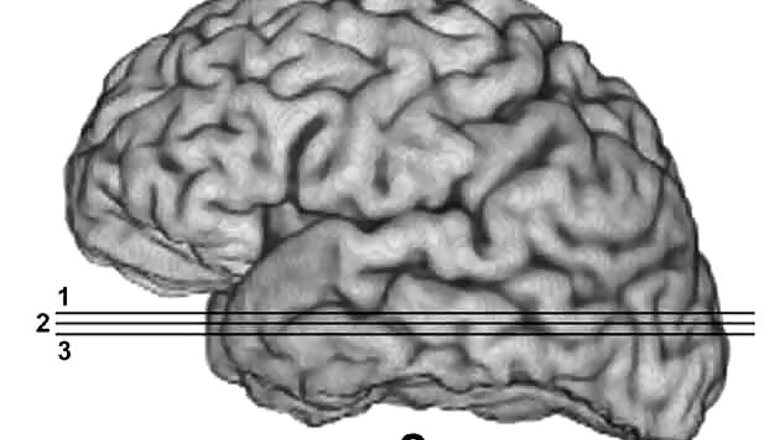
views
Washington: Scientists have mapped brain activity to illustrate how fear arises when individuals are exposed to threatening images. Researchers from the Center for BrainHealth at The University of Texas at Dallas built on previous animal and human research to identify an electrophysiological marker for threat in the brain.
"We are trying to find where thought exists in the mind," said John Hart, Medical Science Director at the Center for BrainHealth. "We know that groups of neurons firing on and off create a frequency and pattern that tell other areas of the brain what to do. By identifying these rhythms, we can correlate them with a cognitive unit such as fear," he said.
Utilising electroencephalography (EEG), Hart's research team identified theta and beta wave activity that signifies the brain's reaction to visually threatening images.
"We have known for a long time that the brain prioritises threatening information over other cognitive processes," said Bambi DeLaRosa, lead author of the study.
"These findings show us how this happens. Theta wave activity starts in the back of the brain, in it's fear center - the amygdala - and then interacts with brain's memory center - the hippocampus - before travelling to the frontal lobe where thought processing areas are engaged.
"At the same time, beta wave activity indicates that the motor cortex is revving up in case the feet need to move to avoid the perceived threat," DeLaRosa said. For the study, 26 adults (19 female, 7 male), ages 19-30 were shown 224 randomised images that were either unidentifiably scrambled or real pictures.
Real pictures were separated into two categories: threatening (weapons, combat, nature or animals) and non-threatening (pleasant situations, food, nature or animals).
While wearing an EEG cap, participants were asked to push a button with their right index finger for real items and another button with their right middle finger for nonreal/scrambled items.
Shorter response times were recorded for scrambled images than the real images. There was no difference in reaction time for threatening versus non-threatening images. EEG results showed that threatening images evoked an early increase in theta activity in the occipital lobe (the area in the brain where visual information is processed), followed by a later increase in theta power in the frontal lobe (where higher mental functions such as thinking, decision-making, and planning occur).
A left lateralised desynchronisation of the beta band, the wave pattern associated with motor behaviour (like the impulse to run), also consistently appeared in the threatening condition. The study is published in the journal Brain and Cognition.




















Comments
0 comment